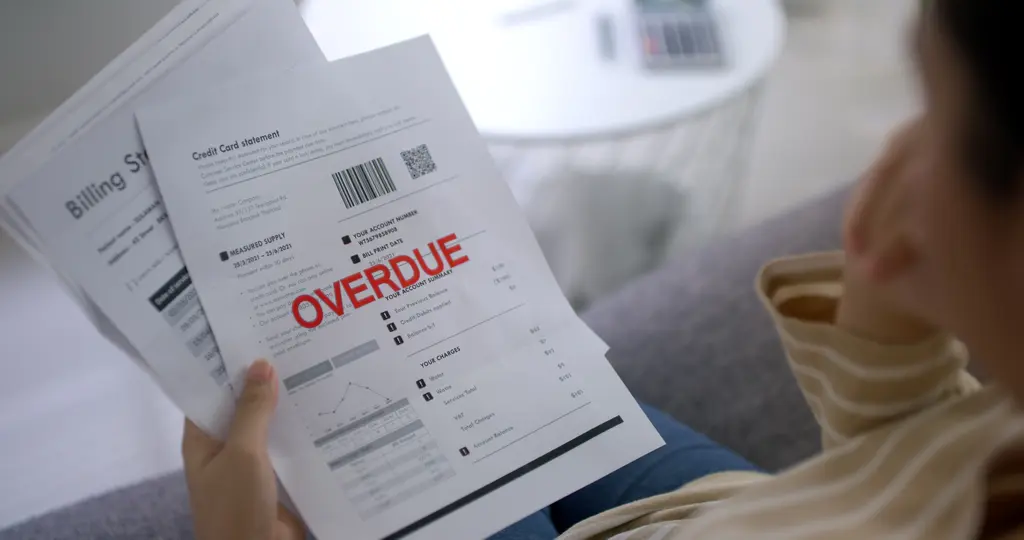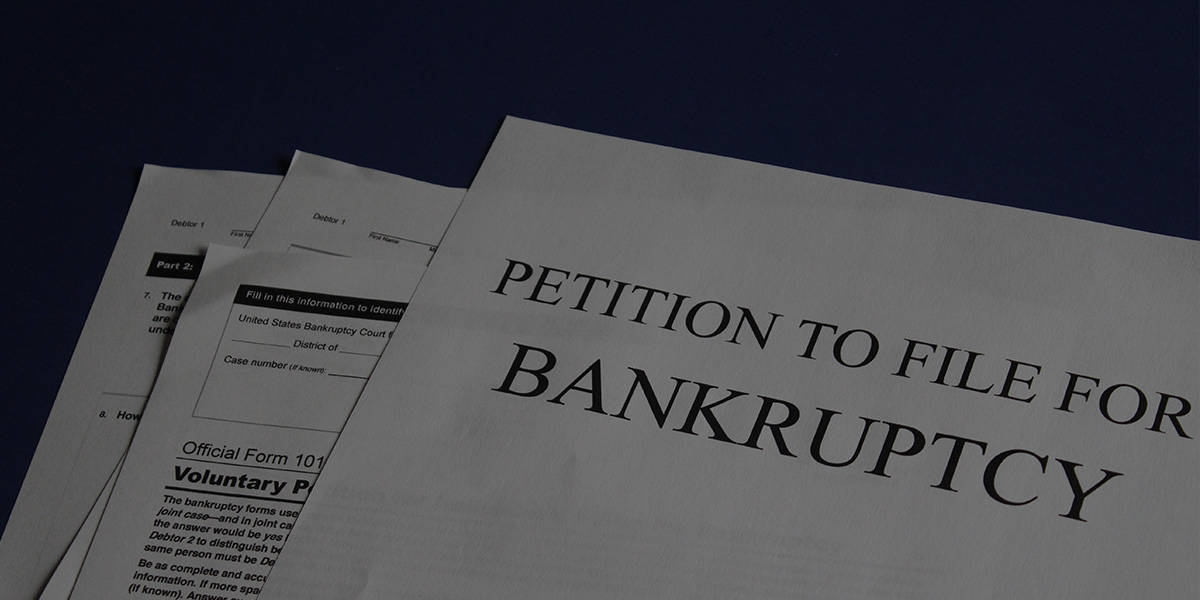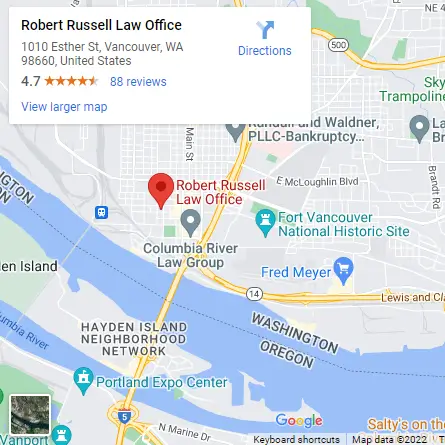I also like to start off by noting we offer free initial consultations to answer this questions and any others you might have. Just contact us to set up an appointment.
A Chapter 13 bankruptcy involves “reorganizing” debt payments that a debtor cannot handle without bankruptcy protection. “Reorganizing” means adjusting debt repayment according to the rules of Chapter 13. Must a Chapter 13 debtor repay all of his/her debt in a Chapter 13 reorganization? No, not at all. However, the duration of the plan is often impacted by the amount and type of debts that must be repaid.
General Rule: Chapter 13 Plans normally range from 36 to 60 months in duration. A minimum 36 month plan is required if the debtor’s gross income in the six months prior to filing is at or below the median (average) for the family size in the state. A 60 month plan is required if the debtor’s gross income in the six months prior to filing is above the median income for the family size in the state. Plans cannot exceed 60 months. That means that any debts that must be paid must be able to be paid within 60 months. [Note: Social Security income and other sources can be excluded from the gross income calculation.]
Debts that Must Be Paid In Chapter 13
In a Chapter 13, there are certain debts that must (generally) be paid prior to plan completion. I sometimes call these “must pay” debts; this plain language gets the point across – a debtor must pay them to complete a plan. Generally, debts that must be paid in a Chapter 13 include:
1. Administrative expenses such as filing fees and Chapter 13 Trustee fees;
2. Debtor attorney’s fees;
3. Secured claims such as car loans on cars retained by the debtor;
4. Mortgage arrears on a home retained by the debtor;
5. Most past-due child support and spousal maintenance; and
6. Certain taxes owed.
These debts fall into the technical categories of “priority unsecured” debts, “administrative expenses” and “secured” debts. As noted below, sometimes the last type of debt, i.e., “general unsecured” debt, can also be moved into this “must pay” category.
Treatment of General Unsecured Debt
“General unsecured” debt is “unsecured” because there is no security or collateral for payment of the debt (such as a car that could be repossessed if the debt is not paid). This debt is “general” in that the Bankruptcy Code does not give it “priority” over other unsecured debt. These debts include things like credit cards, medical bills, personal loans, debts remaining for a home lost to foreclosure, student loans, the remaining balance due on surrendered cars and other collateral, and various other unsecured debt.
Generally, these debts are not required to be paid in most Chapter 13 cases (and are, thus, not usually in the “must pay” category). However, quite often, some amount of this debt will be paid in a Chapter 13 case. There are three basic scenarios where general unsecured creditors will receive payment. Those scenarios include the following:
1. Funds Available: Sometimes a debtor simply has the ability over the term of the plan to provide a dividend to these creditors after administrative, priority unsecured and secured claims are paid. When this happens, the general unsecured creditors get what just happens to be left over after the other creditors are paid in full. If the debtor pays off the “must pay” debts before 36/60 months, respectively, then the funds paid into the plan are paid to general unsecured creditors (after the trustee administrative fee is deducted) in pro rata proportions. Basically, all allowed general unsecured claims receive the same percentage distribution, e.g., 1%, 10%, 80% and so on.
2. Liquidation Test: If a debtor has assets with values that exceed that which the debtor can exempt and protect from the claims of creditors, then general unsecured creditors must receive over the term of the Chapter 13 case the amount they would have received had the nonexempt equity been distributed to creditors in a Chapter 7 (liquidation) case. For example, if a debtor owns a car free and clear that is worth $20K and can only exempt $5K of the value, then the debtor has $15K of nonexempt value that would be “liquidated” in a Chapter 7 and distributed to unsecured creditors (after payment of trustee’s administrative fees). In short, the general unsecured creditors get moved into the “must pay” category to the extent a debtor has nonexempt equity in assets. In this example, in the Chapter 13 case about $15K must be paid to general unsecured creditors.
3. Means Test Required: For debtors with above-median income, the Means Test sets a presumed amount that must be paid to general unsecured creditors over a sixty month plan. It is possible to rebut the presumption to change the amount required. But the point is that the Means Test can require a certain amount be paid to general unsecured creditors. When that happens, much like the liquidation test approach above, $X of general unsecured debt gets move to the “must pay” category.
Above Median Income – Actual Pan Duration & Who Gets Paid
Let’s take the easy scenario first. Debtors with above-median income in the six months prior to filing must propose a 60-month plan. The only way they have a plan shorter than 60 months is if the debtors pay 100% of ALL allowed claims in a shorter period including all allowed general unsecured claims. [Note: Until recently in the Ninth Circuit (which includes Washington and Oregon), debtors with above median income BUT with zero or negative “disposable monthly income” could propose a plan that took only so long as necessary to pay the “must pay” debt. In other words, if the plan could pay the “must pay” debts in 10 months, then a 10-month plan could be approved – and zero would be paid to the general unsecured creditors. Now, all above-median income plans must be 60 months. See, In re Flores, ___ F.3d. ___, 2013 WL 4566428 (9th Cir. 2013).]
Funds paid into the plan first go to the “must pay” creditors – administrative claims, debtor’s attorney’s fees, priority unsecured claims, and secured claims. After these debts are paid in full, funds then start being distributed to general unsecured creditors. Distributions to general unsecured creditors will continue until the plan completes at month 60. When the plan completes, any remaining balance due on general unsecured claims is discharged unless a particular debt happens to fit in the nondischargeable category. Debts in that category include, but are not limited to, most student loans, debts found to be incurred through fraud, etc. So, when the plan completes, any balance unpaid on credit cards, medical bills, personal loans and so on are discharged.
At or Below Median Income – Actual Plan Duration & Who Gets Paid
Plan duration gets a little more interesting for a debtor with income at or below median. Such a debtor must, generally, propose a plan of at least 36 months. However, the plan can end sooner than 36 months OR last up to 60 months.
A plan will last less than 36 months when the debtor pays 100% of ALL allowed claims including all allowed general unsecured claims in that shorter period. For example, if a below-median debtor can pay 100% of all claims in 20 months then the plan completes in 20 months. A debtor never has to pay more than they owe.
A plan will last exactly 36 months if the “must pay” debts are paid at or before 36 months (with less than 100% paid to general unsecured debts). Simply, a below median debtor is done at month 36 if they have mad the statutory minimum (“must pay”) payments. If the “must pay” debts are paid before month 36, then the funds paid into the plan each month after they are paid until month 36 gets distributed to general unsecured creditors. When the plan completes at month 36, any remaining balance due on general unsecured claims is discharged unless a particular debt happens to fit in the nondischargeable category.
A plan will continue past 36 months (up to a max of 60 months) until the debtor has paid the “must pay” debts. That’s why I call them “must pay” debts – you “must pay” them – you can’t finish the plan until the these debts are paid. If it takes 37 months to pay them, then the plan lasts 37 months (a debtor can stop at 37 months because 37 months is more than the minimum 36). If it takes 60 months to pay the “must pay” debt, then the plan takes 60 months. When the plan completes at some point past month 36 but no later than month 60, any remaining balance due on general unsecured claims is discharged unless a particular debt happens to fit in the nondischargeable category.
Summary
A debtor with above-median income for the six months prior to filing must propose a 60-month plan that will pay in full all the “must pay” debt. Any remaining unpaid general unsecured debt is discharged unless it is, by statute, on the short list of debts that simply are not discharged in Chapter 13. Again, if ALL debt is paid before month 60, the plan then completes.
A debtor with income that is at or below median for the six months prior to filing can complete a plan before the minimum 36 months only if ALL debts are paid in that shorter period. If not all debt is paid sooner, the plan will complete at month 36 if all “must pay” debts are paid by month 36. The plan will extend, as needed, past month 36 up to 60 months until all “must pay” debt is paid. Any remaining unpaid general unsecured debt is discharged unless it is, by statute, on the short list of debts that simply are not discharged in Chapter 13.
Basic Rules – Chapter 13 is Complex
As you might guess, the above are the basic rules applied to simple scenarios. There are other many factors that can impact the duration of a plan. For example, a below median income debtor can propose a plan past month 36 even if they could otherwise be done at month 36. This will sometimes happens because there are special benefits when a debtor pays at least 70% of general unsecured claims. Also, sometimes a priority unsecured creditor will agree to be paid less than 100% of their claim through the plan. And so on. Needless to say, Chapter 13 is complex. The above is intended to give you a starting point.
Free Initial Consultation
I have done this for more than 20 years. We can help – with bankruptcy and non-bankruptcy options. We offer a FREE INITIAL CONSULTATION. All you have to do is contact us and make an appointment. If you’d like to see what clients think of our services, please feel free to check our testimonials. Also, please feel free to look around the website and check out our FAQ’s that answer all the usual questions clients have. We look forward to hearing from you soon.






